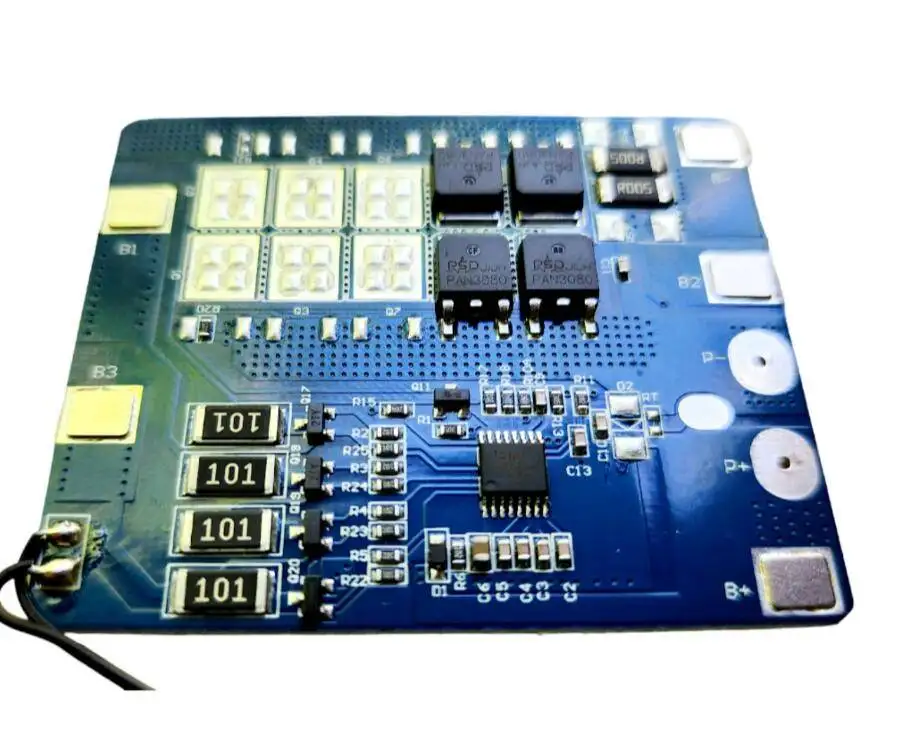Battery Management Systems (BMS) are crucial for ensuring the safe operation and longevity of batteries, particularly lithium-ion types. What are the 5 fundamental protective functions of a Battery Management System (BMS)? The primary functions include overvoltage protection, undervoltage protection, overcurrent protection, temperature monitoring, and cell balancing. These features collectively enhance battery safety and efficiency.
What are the 5 fundamental protective functions of a Battery Management System (BMS)?
The five fundamental protective functions of a Battery Management System include:
- Overvoltage Protection: Prevents excessive voltage that can damage batteries.
- Undervoltage Protection: Safeguards against deep discharges that can degrade battery health.
- Overcurrent Protection: Protects batteries from excessive current flow.
- Temperature Monitoring: Ensures batteries operate within safe temperature ranges.
- Cell Balancing: Maintains uniform charge levels across all cells in a battery pack.
How does overvoltage protection safeguard batteries?
Overvoltage protection is vital for preventing damage during charging. When the voltage exceeds predetermined limits, the BMS disconnects the charging circuit to avoid overheating or potential thermal runaway. This feature ensures that the battery remains within safe operational limits, which is crucial for maintaining its lifespan.
| Voltage Level | Action Taken |
|---|---|
| Above Safe Limit | Disconnect Charging Circuit |
| Within Safe Limit | Allow Charging to Continue |
Why is undervoltage protection essential for battery health?
Undervoltage protection prevents deep discharge, which can lead to irreversible damage to lithium-ion batteries. When the voltage drops below a certain threshold, the BMS disconnects the load to preserve battery health. This function is essential to maintain capacity and prolong overall battery life.
| Voltage Level | Action Taken |
|---|---|
| Below Safe Limit | Disconnect Load |
| Above Safe Limit | Allow Normal Operation |
How does overcurrent protection prevent battery damage?
Overcurrent protection safeguards against excessive current during both charging and discharging processes. If current exceeds safe levels, the BMS interrupts the circuit to prevent overheating and potential fire hazards. This function is critical in applications where high current flows are common.
| Current Level | Action Taken |
|---|---|
| Above Safe Limit | Interrupt Circuit |
| Within Safe Limit | Allow Normal Operation |
Why is temperature monitoring critical in battery management systems?
Temperature monitoring ensures that batteries operate within safe temperature ranges. The BMS uses sensors to track temperature fluctuations; if temperatures exceed safe limits, it can reduce charging rates or shut down operations entirely. This proactive approach helps prevent thermal runaway, which can lead to fires or explosions.
| Temperature Level | Action Taken |
|---|---|
| Above Safe Limit | Reduce Charge/Discharge Rate |
| Within Safe Limit | Allow Normal Operation |
What is cell balancing and how does it enhance battery performance?
Cell balancing ensures that all cells within a battery pack charge and discharge evenly. This function prevents individual cells from becoming overcharged or deeply discharged, which can lead to reduced capacity or failure. By maintaining balance, the BMS enhances overall performance and extends the lifespan of the entire battery pack.
| Cell Voltage Difference | Action Taken |
|---|---|
| Significant Difference | Equalize Charge Levels |
| Minimal Difference | No Action Required |
Latest News
Recent advancements in Battery Management Systems have focused on enhancing safety features amid increasing concerns about lithium-ion battery hazards. Innovations include improved thermal management systems and advanced algorithms for real-time monitoring of voltage and current levels. Additionally, manufacturers are integrating cybersecurity measures into BMS designs to protect against data breaches and unauthorized access.
Editor Comment
“Battery Management Systems are not just about performance; they are critical for safety,” states Dr. Emily Carter, an expert in energy storage technology. “As we push towards more sustainable energy solutions, effective BMS designs will play an essential role in ensuring that lithium-ion batteries operate safely and efficiently.”
FAQ
What is a Battery Management System (BMS)?
A Battery Management System (BMS) monitors and manages rechargeable batteries’ performance, ensuring safety through various protective functions.How does a BMS protect against thermal runaway?
A BMS protects against thermal runaway by continuously monitoring temperature and disconnecting circuits if unsafe conditions arise.Why is cell balancing important?
Cell balancing is important because it ensures all cells within a battery pack charge evenly, preventing premature aging or failure of individual cells.



